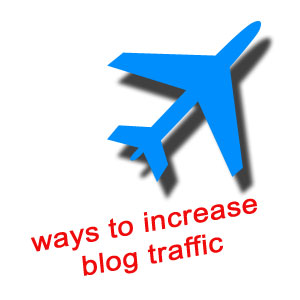I read an article recently that said that brochures are obsolete. I admit, they’ve never been one of my favorite marketing tools but they have always had their place.
They still do.
There is value in having something you can hand out to a client or prospect, telling them what you do and how to contact you. You can put brochures on the counter in your waiting room, in your new client kit, hand them out when you meet someone at a networking event, or put them in the mail with a cover letter when someone asks you to send them some information.
And, because fewer and fewer attorneys use a paper brochure, or do anything on paper, your brochure gives you an easy way to stand out.
And an easy way to be remembered.
A web page is only a click away from being forgotten. A paper brochure in a desk drawer provides prospective clients another way to find you when they discover that they need legal help.
A brochure, by itself, probably won’t bring in much business. They are usually staid and devoid of emotion or stories. They “tell” the world what you do, unlike a report or ebook which “shows” them, or a sales letter which “sells” them. But used in conjunction with other marketing collateral, brochures can be a valuable addition to your marketing mix.
After you have put together an effective website and written one or more reports to use as handouts and lead magnets, consider adding a simple brochure to your marketing toolkit.
Here are some common types of brochures to consider:
- Capabilities brochure (aka “firm brochure): This describes your practice areas, services offered, and your ability to deliver results. It details your background and experience, awards and distinctions, and other elements that demonstrate your ability to get the job done. A firm brochure also describes your target market, languages spoken, office hours, and contact information.
- Service brochure: This brochure is dedicated to one of your practice areas, one of your services, or perhaps a group of related services. It too describes your capabilities but provides more information, examples, and details about your services, packages, fees and costs and the like.
- Problem/solution brochure: This brochure provides information about a legal need or problem common to your target market and presents available solutions, which of course include your services.
Most brochures present much of the information with bullet points more than narrative text. They provide an overview or the big picture. Make sure you point to your website where the reader can get more information.
Brochures needn’t be fancy or expensive. You don’t need full-color graphics, photos, or glossy paper. Your brochure can be all text, with black ink on a heavier weight paper or colored card stock.
On the other hand, a professionally designed and printed brochure does lend a degree of class to your practice. It tells the world that you are serious about what you do and that you do it successfully.
Brochures are by no means obsolete or ineffective. They don’t do a complete selling job on their own, but they can help.
Before you create a brochure, make sure your website is doing its jobÂ








